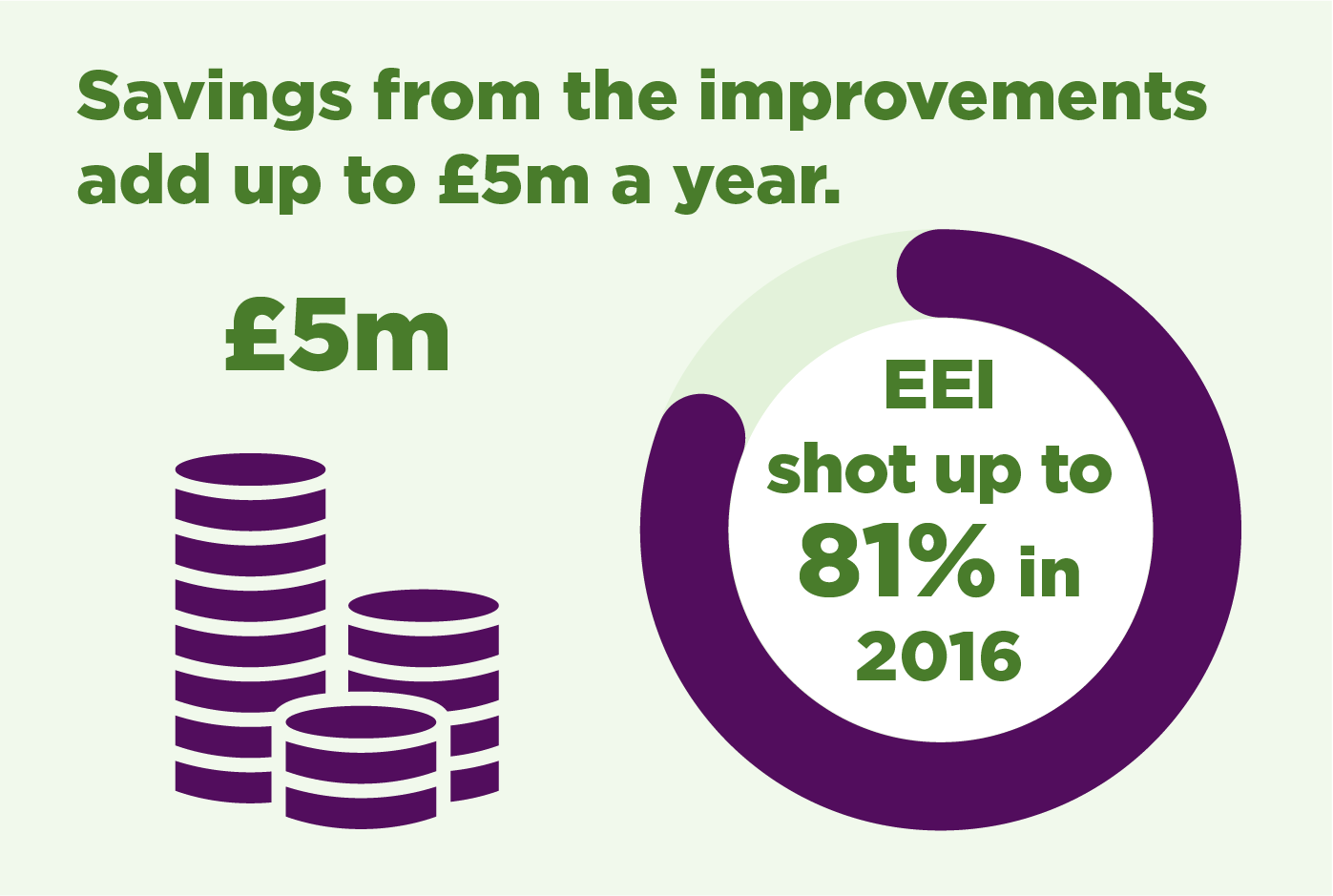People Profession: NIE Networks - Power to the people
Case study on how a framework for listening and responding to every voice has given the change-weary employees of NIE Networks their spark back

Case study on how a framework for listening and responding to every voice has given the change-weary employees of NIE Networks their spark back

For NIE Networks, having an engaged and switched-on workforce isn’t just important: it’s crucial to safety. Of its 1,240 staff, around 700 are craft, which means they’re outdoors in all weathers building and repairing the network. So an employee engagement index (EEI) of 37% in 2010 was serious cause for concern.
NIE Networks owns, operates and maintains the electricity transmission and distribution network in Northern Ireland. Privatised in 1993, its employees work around the clock to keep the lights on for 860,000 customers – and turn over £261m for the business (2017).
But intense cost-cutting since privatisation has driven employee numbers down, while competition and regulatory scrutiny have gone up. NIE Networks risks losing work and people to smaller, more flexible contractors. And when an apprentice leaves, it costs the company around £70k in lost training.
The 2010 Employee Survey was a watershed moment for the business. An EEI of 37% reflected the perception that management was bullying employees into aligning their Ts and Cs with the market and contractors. It was also cutting costs without asking for input from employees – resulting in run-down facilities and kit that wasn’t fit for purpose.
A similarly low score in 2013, and 600 named issues, showed that employees felt little had changed. Another restructure following a very challenging price control review had also led to uncertainty and change fatigue.
We've always had a strong health and safety culture. But accidents occur when staff are discontented or distracted, so we knew we needed to keep them focused.
HR moved quickly to put a new engagement framework in place – one that would plug into and act on feedback from all employees, not only the unions.
Heading the structure was a permanent employee engagement board, chaired by the HR Director and with representatives from 10 local engagement groups and the unions. The engagement groups, which also included junior members of the HR team, discussed local issues and suggested ideas to take to the engagement board. Meanwhile, working groups dedicated to specific areas of concern did benchmarking, put together business cases and trialled ideas. Results included an improved pension scheme for more recent employees, revised competency-based progression and development arrangements, a scheme for buying and selling leave and a £1m investment to revamp facilities. Initiatives from a wellbeing group also helped to halve sickness absence.
An early challenge was how to involve the 700 employees not based in the office. ‘Employee Voice’ saw the local engagement groups go to where the people were for their input. Initial resistance from the unions disappeared when they realised how involved they would be in the new process. And scepticism from change-weary employees soon went the same way. As Stephanie Kennedy, Chair of the Employee Benefits Group, says: ‘We were able to communicate big actions fairly early on, so people could see real change was happening.’
After just 12 months, all the original issues had been resolved. Since then, both sickness absence and labour turnover have been consistently less than 3% (the sector benchmark for the latter is over 13%).
Savings from the improvements add up to £5m a year, of which the company puts £1m back in employee initiatives. And the EEI shot up to 81% in 2016.

For Gordon Parkes, HR Director, the big lesson was that without a permanent structure and process, nothing would stick. By wiring the engagement framework into the fabric of the business, NIE Networks has gone from being a reactive organisation with little innovation to a proactive one that welcomes ideas from employees. 'There's a new employee voice, and it’s hugely positive,' says Gordon. 'Most of our people really enjoy their work and there’s a strong sense of loyalty and dedication to the organisation.'
You can't achieve an EEI of 81% without people being generally engaged. We used to have to coerce people to get involved with the employee groups. Now, there's no problem getting volunteers. And a number have gone on to become team leaders or managers in their careers.
Tackling barriers to work today whilst creating inclusive workplaces of tomorrow.
Discover our practice guidance and recommendations to tackle bullying and harassment in the workplace.

Explore the many rewards of working in the people profession

Explore career areas within the people profession, and the typical activities you may find yourself doing

Information and guidance to help you excel in your role, transition into the profession, and manage a career break

If you’re looking for a career in HR, L&D or any other aspect of the people profession, there’s a route that’ll suit you
What are the barriers that stand in the way of achieving 'good work', and which need to be addressed as a priority?
Listen nowA Northern Ireland summary of the CIPD Good Work Index 2024 survey report